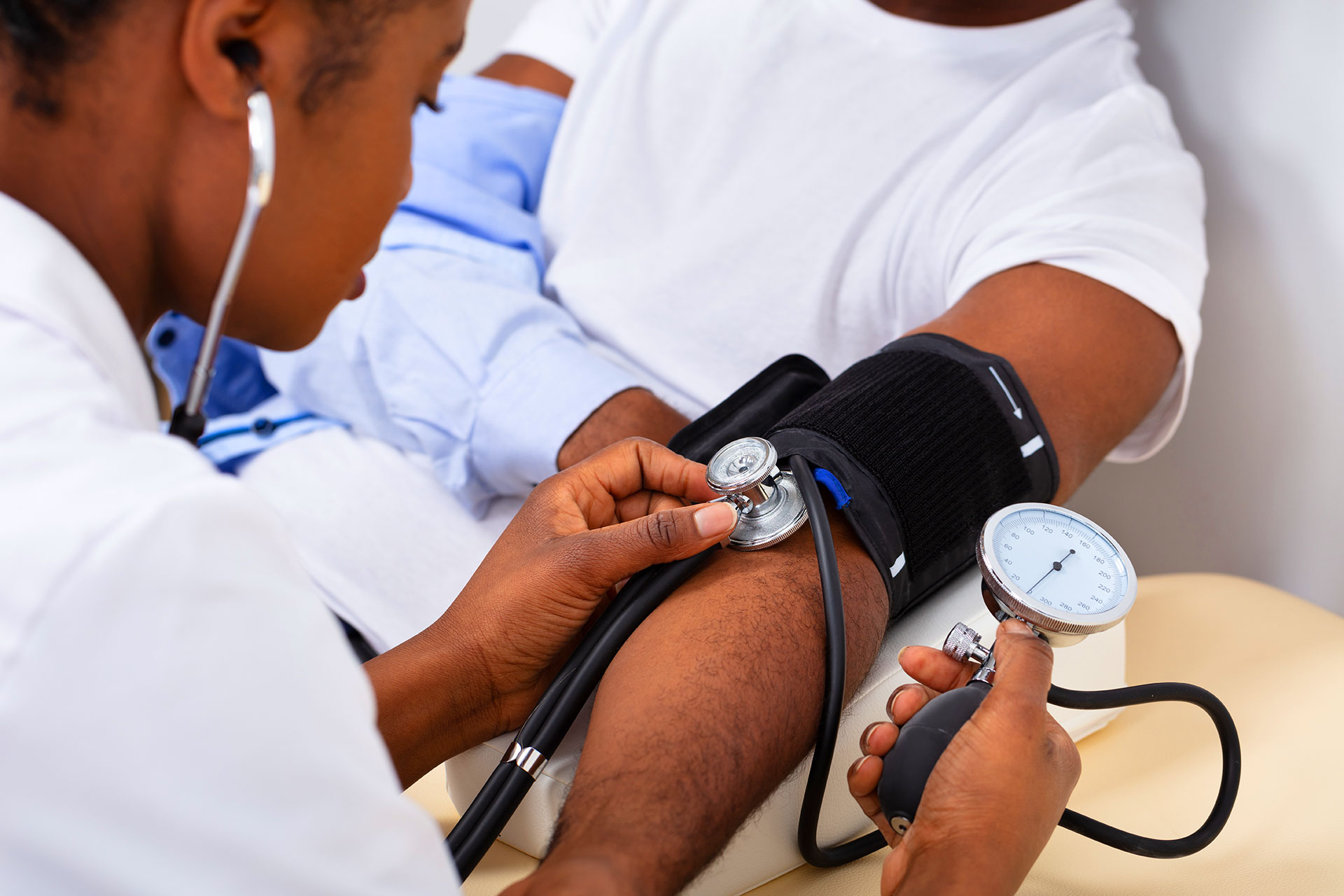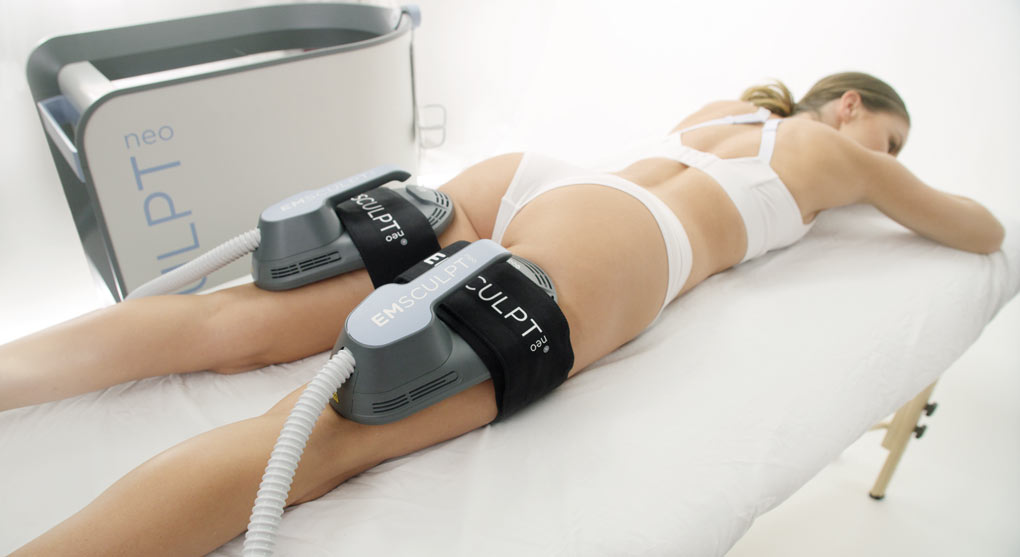Night terrors, also known as sleep terrors, are behaviors that occur around sleep, not during sleep. They are a type of parasomnia that mostly happens during deep non-REM sleep, during the transition from sleep to awakening. Night terrors are not nightmares but can be quite distressing for both the individual experiencing them and their loved …
Night terrors, also known as sleep terrors, are behaviors that occur around sleep, not during sleep. They are a type of parasomnia that mostly happens during deep non-REM sleep, during the transition from sleep to awakening. Night terrors are not nightmares but can be quite distressing for both the individual experiencing them and their loved ones. Unlike nightmares, night terrors typically occur during the first few hours of sleep.
Symptoms include screaming, trashing, sweating, and sleepwalking. The episodes can last from a few minutes to half an hour. Night Terrors are relatively rare, and they occur primarily in children between the ages of 3 and 12 years old. They peak between the ages of three and five years old, affecting less than 1% of the population. Adults can experience it, but it is rare. When night terrors occur repeatedly, they can interfere with the ability to focus and concentrate, resulting in irritability and a decline in overall efficiency. There are no clear patterns to night terrors, and they are rarely linked to any mental health conditions.
Causes
We do not fully understand the causes of night terrors; they’re most likely due to a combination of environmental, genetic, stress, and anxiety factors. A family history of night terrors or other sleep disorders can increase the likelihood of experiencing them. Stress and anxiety can trigger night terrors, and so can sleep deprivation. In adults, it is often associated with alcohol abuse and sleep deprivation.
When night terrors are present in adults, look for sleep apnea, generalized anxiety disorder, and post-traumatic stress disorder. The symptoms are more intense and last longer in adults. They present a sudden awakening with loud screaming, rapid heart rate, increased blood pressure, and disorientation.
Children and adults affected by sleep terrors move around as if they are awake, but their brain waves show deep sleep; their speech is incoherent. It is followed by sleep-related amnesia.
Management of sleep terrors.
A sleep study is indicated in adults, which should include a multiple sleep latency test. Treatment. For children, it is recommended to follow a consistent sleep hygiene routine. Scheduled awakening techniques can be helpful. Parents can wake up their children before the event usually occurs.
Ensure children get 9 to 10 hours of sleep each night and maintain a consistent sleep schedule. Make sure the room is cold and dark. Ensure the bedroom is free from electronics and entertainment devices. Control the content that children are allowed to watch before bedtime.
For adults, consider a sleep study that includes a multiple sleep latency test. Consider a low dose of antidepressant or a small dose of benzodiazepine.
TMS (transcranial magnetic stimulation) can be beneficial in helping to manage and optimize sleep.








